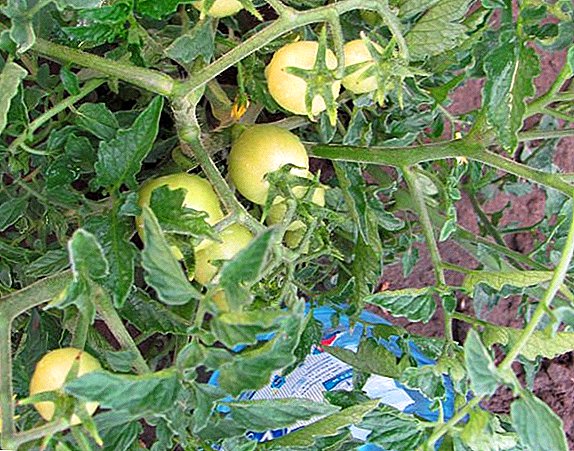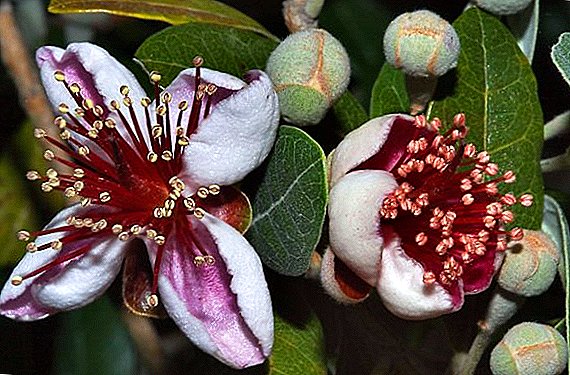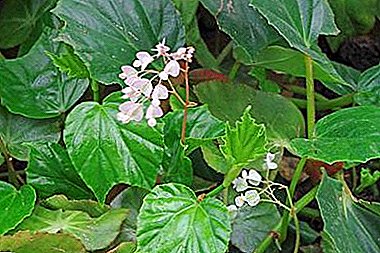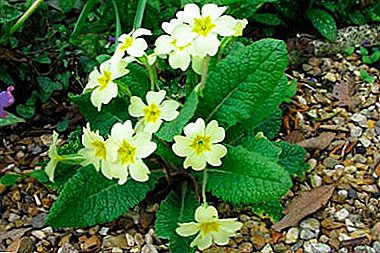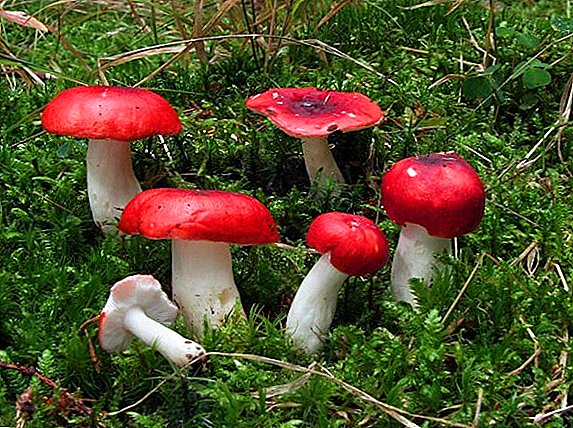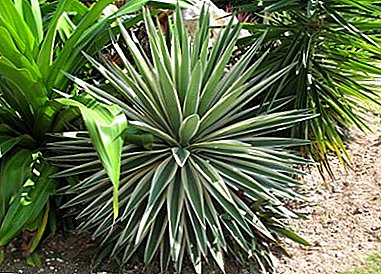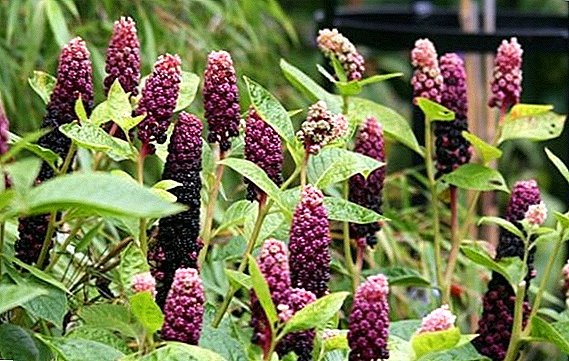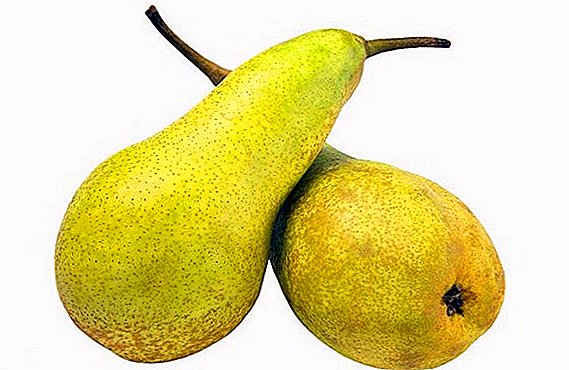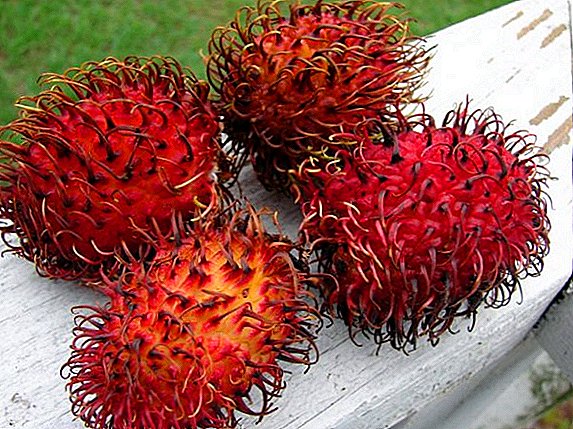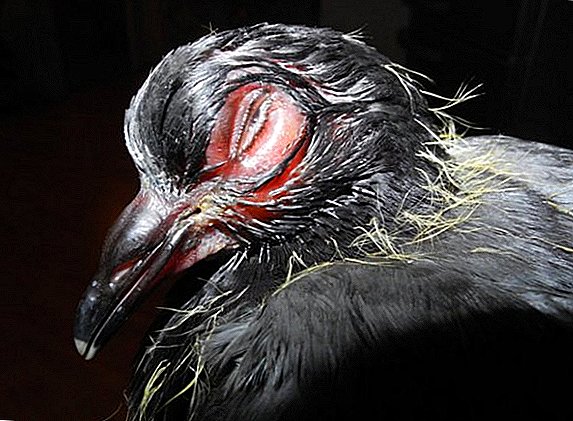 Ornithosis is an infectious disease of the respiratory tract that affects both domestic and wild birds. And it is transmitted both by air and by any contact. But the most unpleasant thing is that this ailment is dangerous for humans. To avoid infection, you need to understand how and by what it can be caused.
Ornithosis is an infectious disease of the respiratory tract that affects both domestic and wild birds. And it is transmitted both by air and by any contact. But the most unpleasant thing is that this ailment is dangerous for humans. To avoid infection, you need to understand how and by what it can be caused.
Characteristic of the disease
The second name of the virus is psittacosis, or respiratory chlamydia. The causative agent is chlamydia, which parasitizes the bacterium Chlamydia psittaci inside the cell, affecting the respiratory system and light birds.
Did you know? The first disease was described by T. Jurgensen in 1875 and J. Ritter in 1879. They determined that the virus carriers were parrots, so the first name of the disease was "psittacosis", derived from the Greek. psittakos - parrot. Later, when scientists established that not only parrots, but also other birds could be the carriers of the pathogen, the disease received a second, now common name - ornithosis. It also has a Greek basis and is derived from the word ornithos, which means - a bird.
A feature of this disease that needs to be considered in the process of therapy is that the pathogen is resistant to both low and high temperatures over a long period of time. 
What is ornithosis
Ornithosis is a disease that destroys a number of organs and systems of an infected object, primarily the respiratory system.
The main carriers and risk groups are birds. And the bird itself can be healthy, but be a carrier of infection.
The disease is complicated by the fact that as soon as the bird gets into an unfavorable environment - for example, it experiences hypothermia or food deterioration - the incubation period is shortened and the disease begins to develop rapidly, turning into an acute form.
Find out what are the symptoms and how to treat the following diseases of pigeons: coccidiosis, hodgepodge, salmonellosis, smallpox.
Is it dangerous for humans?
The bacterium is activated during the cold season. When chlamydia enter the human body, they multiply intracellularly, after which they leave the cell and enter the bloodstream, affecting the central nervous system and lungs with their toxins. This is accompanied by general weakness, fever, enlargement of the spleen and liver, cardiac muscle and adrenal glands.
Sources of infection in humans are usually birds - not only wild, like pigeons, but also domestic, and both agricultural and decorative (canaries, parrots, etc.). But such cases are quite rare.  A sick person rises sharply, cough, conjunctivitis, sore throat may appear
A sick person rises sharply, cough, conjunctivitis, sore throat may appear
The most dangerous disease for workers is poultry farms, meat processing plants, poultry houses. Also at risk are personnel engaged in the processing and packaging of bat birds - loaders, sorters, packers of eggs. A person can become infected by inhaling dust containing fluff or particles of dried feces of infected birds.
Important! This disease is not transmitted from person to person, therefore urgent hospitalization and isolation are not required.
Prevention includes a range of activities:
- Compliance with the rules of personal hygiene in the work process.
- Disinfection with special solutions of hands and tools, washing hands during work, wearing overalls.
- It is very important not to ignore sanitary measures at workplaces, enterprises that work with down and feather.
- A set of quarantine measures at the stage of importing poultry from the outside, both agricultural and decorative.
 Preventive measures on special enterprises
Preventive measures on special enterprisesSymptoms of ornithosis and forms of the disease
Both outbred and high-breed pigeons suffer from ornithosis, but the nature and severity of symptoms depend more on the form of manifestation of the disease: acute or chronic.
Learn how, when and from what to vaccinate pigeons.
Sharp
The acute course of the disease is always accompanied by vivid symptoms and is expressed in:
- the appearance of purulent masses from the beak;
- tearing and eye inflammation;
- loss of appetite;
- diarrhea;
- coughing, shortness of breath.
 At the slightest suspicion of illness, the bird must be isolated.
At the slightest suspicion of illness, the bird must be isolated.Chronic
Chronic ornithosis often goes unnoticed for a long time, but at the same time a sick pigeon is a carrier of the disease. Only a very attentive owner will be able to notice the symptoms of a latent form of the disease, as only in rare cases there is a decrease in appetite, weakness and slight diarrhea. A tracheal swab or pharynx of a “suspicious” bird will help confirm the diagnosis.
How to cure ornithosis in pigeons: instructions
The first thing you need to know: for ornithosis, you can confirm the diagnosis only by the results of laboratory tests.
Important! It is the pigeons, both pedigree and street, mongrel, most susceptible to this disease.
Main symptoms:
- loss of appetite;
- diarrhea;
- purulent discharge from the beak;
- watery or inflamed eyes;
- increase in eye ring;
- mucus from the eyes and beak;
- negative reaction to light;
- loss of feathers;
- wheezing in the chest;
- labored breathing.
 Taking a biomaterial for testing for ornithosis. When they appear, the sick individual must be urgently isolated, disinfected, and the entire working inventory should be disinfected. For disinfection use bleach or caustic soda solution. If possible, move the flock to another location.
Taking a biomaterial for testing for ornithosis. When they appear, the sick individual must be urgently isolated, disinfected, and the entire working inventory should be disinfected. For disinfection use bleach or caustic soda solution. If possible, move the flock to another location.Treatment includes four types of measures:
- the population of birds is fed with food treated with special preparations;
- antibiotic therapy is carried out;
- affected individuals are isolated;
- Constant prevention and disinfection of the premises and equipment is carried out.
Learn how to feed the little bluetooth.
It should be borne in mind that the chicks suffer the disease heavier than adults. And some drugs that effectively help adults are banned for chicks, since their use should be parallel to a special diet - calcium is excluded from the diet, which negatively affects the development of young stock.  Feeding the baby pigeon from the hands. Medicines of the penicillin group in the treatment are not effective.
Feeding the baby pigeon from the hands. Medicines of the penicillin group in the treatment are not effective.
Important! The greatest danger is the droppings of an infected bird. therefore need to not only urgently remove him, but also pour 10% Lizol’s solution into the entire cleaned area. The litter itself must be burned.
Antibiotic treatment
The list of well-proven drugs for the treatment of psittacosis:
- "Tetracycline" - in the ratio of 20 g of the drug per 1 kg of feed up to 7 times a day;
- "Azithromycin" - 10 mg per 1 kg of feed per day, taken orally on the 1st, 7th and 14th day of therapy;
- "Erythromycin" - 0.5 g 4 times in feed a day before the 5th day of treatment;
- "Eriprim" - 20 g per 1 kg of feed, not more than 1 time per day.
 For adult birds, calcium products are excluded from the diet and the following preparations are mixed:
For adult birds, calcium products are excluded from the diet and the following preparations are mixed:- "Doxycycline";
- "Tetracycline".
- "Azithromycin";
- "Erythromycin".
Vitamin recovery
Immunity of birds, taking into account the special diet and enhanced antibiotic therapy, it is necessary to support the vitamins of groups A, D, D6 and E. Vitamin preparations also help restore the environment of the gastrointestinal tract after intensive treatment. Well act on the microflora of the gastrointestinal tract of birds preparations "Sporovit" and "Chektonik.
Find out what vitamins should be given to pigeons.
It should also be used for prophylactic purposes to flush the nasal passages and eyes of treated birds with water or treat them with Tetracycline, which effectively eliminates and prevents all conjunctivitis. 
Preventive measures
To prevent ornithosis damage, the following rules should be followed:
- timely aerosol vaccination of the pack;
- avoid contact with infected birds or possible vectors;
- veterinary supervision of livestock;
- disinfection of sputum from sick individuals.
Important! New purchased birds must be placed separately, and only after the absence of the disease is confirmed in an open or hidden form, can they be moved into a general flock.
Other causes of pigeon wheeze
Although this disease has pronounced symptoms, it can be confused with other infectious diseases of birds, which also affects the respiratory system. Previously, infected birds were simply eliminated, but now making the correct diagnosis and promptly started treatment can completely cure them in 70% of cases. And only if the disease is neglected, the bird should be destroyed, in order to avoid damage to the whole house or the development of an epidemic.
At the same time ornithosis should be distinguished from such diseases:
- Mycoplasmosis - respiratory form, aggravated form - infection of the egg from an infected layer. The hatched chick is already a carrier of the virus. Treatment should begin with a correct diagnosis, based on laboratory tests. Antibiotics are added to water or sprayed indoors. Unfortunately, the birds are practically not cured of this disease, so they are put to sleep.

- Aspergillosis - The disease is caused by a fungus that is resistant to high temperatures, chemicals and boiling. The treatment begins with burning with a blowtorch of the walls of the room and inventory. The second option is the use of an aerosol with formaldehyde. The young are practically not cured of this disease - they put it to sleep. Adults once every 2-3 days should drink water with blue vitriol, the ratio of 1: 2000 - 1: 8000. However, the mixing of drugs in the water and food in this case is ineffective.
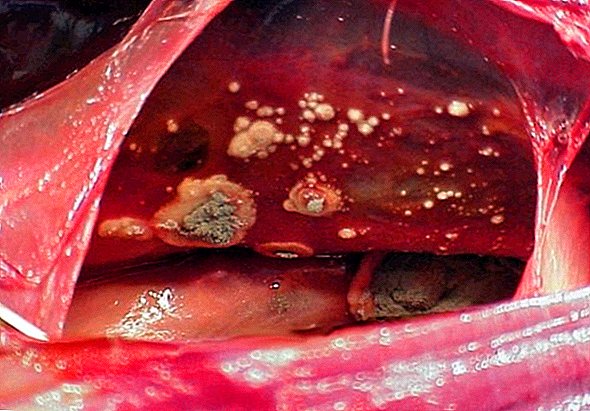
- Haemophilosis - The causative agent is a hemophilus bacillus, which causes inflammation of the upper respiratory tract. "Infectious rhinitis" - a colloquial name among poultry farmers. This is the easiest form of respiratory diseases of birds. It is treated with sulfa drugs added to drinking water. The removal of nasal and eye exudates with a gauze tampon with oxytetracycline, furatsilin or strong tea infusion also works effectively.

Did you know? The pigeon is one of the most common birds. Representatives of the species dove are found on all continents. And the breeds of domestic pigeons bred by humans are over 800.
Ornithosis is a severe disease of the respiratory system, transmitted from birds to humans. Most often it is an occupational disease, but in everyday life they can be infected even from street pigeons. Observance of elementary preventive safety measures and hygiene at work and in everyday life will allow you to avoid problems and maintain your health.
Pigeons respiratory diseases: video





